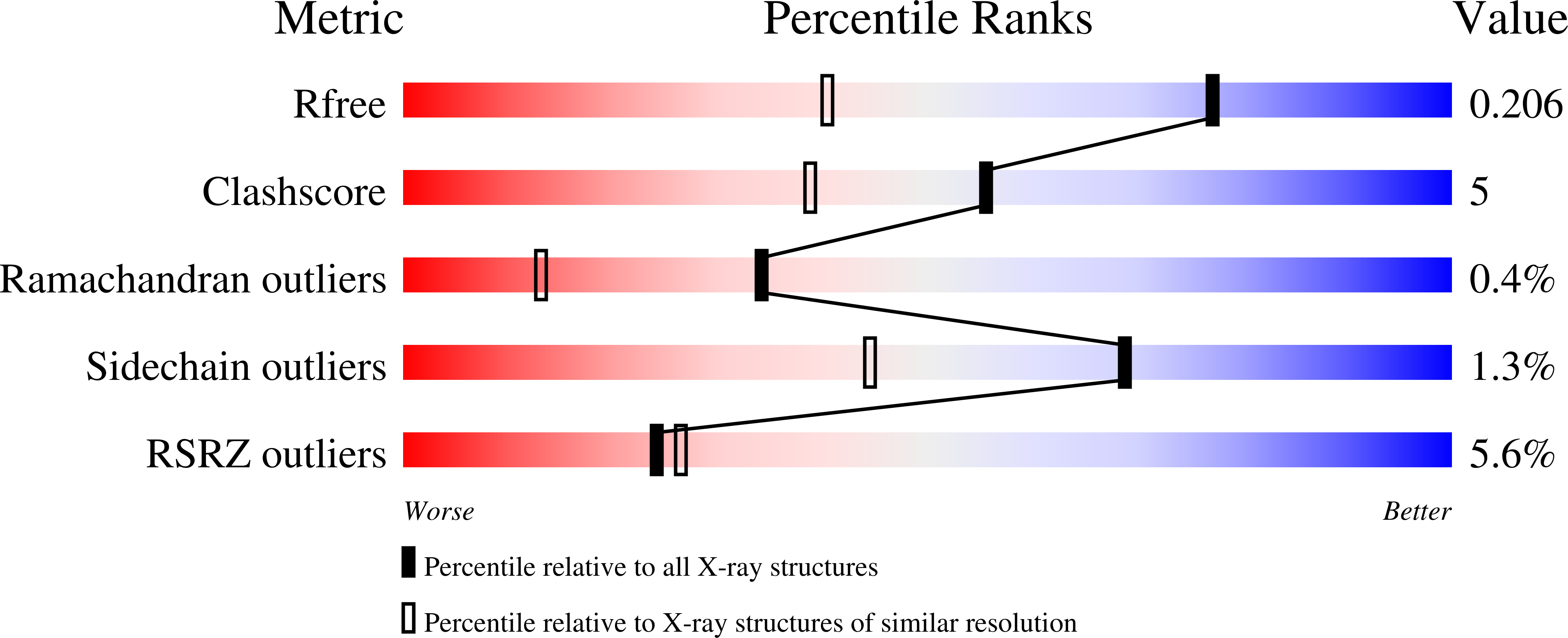Combination of Triple Bond and Adamantane Ring on the Vitamin D Side Chain Produced Partial Agonists for Vitamin D Receptor.
Kudo, T., Ishizawa, M., Maekawa, K., Nakabayashi, M., Watarai, Y., Uchida, H., Tokiwa, H., Ikura, T., Ito, N., Makishima, M., Yamada, S.(2014) J Med Chem
- PubMed: 24773565
- DOI: https://doi.org/10.1021/jm401989c
- Primary Citation of Related Structures:
3VTB, 3VTC, 3VTD - PubMed Abstract:
Vitamin D receptor (VDR) ligands are therapeutic agents that are used for the treatment of psoriasis, osteoporosis, and secondary hyperparathyroidism and have immense potential as therapeutic agents for autoimmune diseases, cancers, and cardiovascular diseases. However, the major side effect of VDR ligands, the development of hypercalcemia, limits their expanded use. To develop tissue-selective VDR modulators, we have designed vitamin D analogues with an adamantane ring at the side chain terminal, which would interfere with helix 12, the activation function 2, and modulate the VDR potency. Here we report 25- or 26-adamantyl-23,23,24,24-tetradehydro-19-norvitamin D derivatives (ADTK1-4, 4b,a and 5a,b). These compounds showed high VDR affinities (90% at maximum), partial agonistic activities (EC50 10(-9)-10(-8) M with 40-80% efficacy) in transactivation, and tissue-selective activity in target gene expressions. We investigate the structure-activity relationships of these compounds on the basis of their X-ray crystal structures.
Organizational Affiliation:
Department of Chemistry, ‡Research Center for Smart Molecules, Faculty of Science, Rikkyo University , Toshima-ku, Tokyo 171-8501, Japan.

















